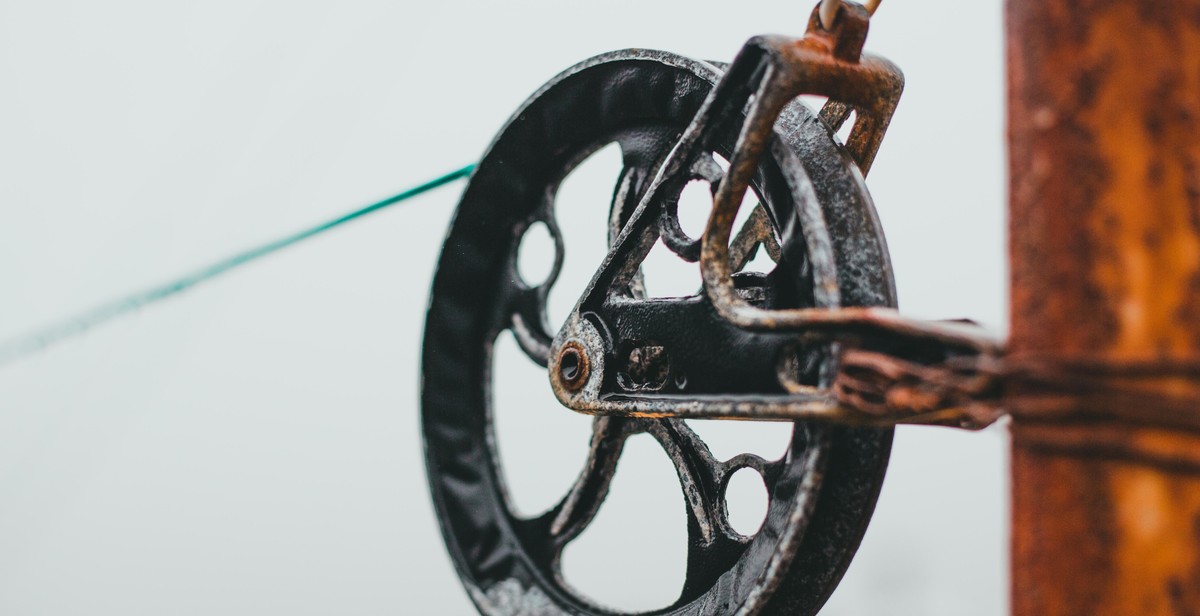Introduction: How to Install a Rain Barrel System for Sustainable Watering
Water is a precious resource that we cannot afford to waste. With increasing concerns about the environment and the need for sustainable living, it is essential to find ways to conserve water. One way to do this is by installing a rain barrel system.
What is a Rain Barrel System?
A rain barrel system is a collection system that captures rainwater and stores it for later use. It is a simple and effective way to conserve water and reduce your water bill. The system typically consists of a barrel, a downspout diverter, and a spigot. The downspout diverter is connected to the gutter downspout, which directs rainwater into the barrel. The spigot is located at the bottom of the barrel, allowing you to access the stored water.
Installing a rain barrel system is an easy and cost-effective way to collect rainwater for watering your garden, lawn, and other outdoor plants. It also helps to reduce the amount of stormwater runoff, which can cause erosion and pollution of our waterways.
Why Install a Rain Barrel System?
There are many reasons to install a rain barrel system. Firstly, it helps to conserve water and reduce your water bill. Secondly, it provides a source of water for your garden and outdoor plants during dry periods. Thirdly, it helps to reduce stormwater runoff and the pollution of our waterways. Finally, it promotes sustainable living and reduces our carbon footprint.
In this article, we will provide a step-by-step guide on how to install a rain barrel system for sustainable watering. We will cover everything from choosing the right location to connecting the downspout diverter and spigot. By the end of this article, you will have all the information you need to install your own rain barrel system and start conserving water.

Benefits of Installing a Rain Barrel System
Installing a rain barrel system has numerous benefits that make it a worthwhile investment for any homeowner looking to reduce water bills, conserve water, and promote sustainable watering practices. Here are some of the top benefits of installing a rain barrel system:
Water Conservation
One of the primary benefits of installing a rain barrel system is water conservation. By collecting and storing rainwater, you can reduce your reliance on municipal water sources, which can be costly and limited in supply. Rainwater is a free and abundant resource that can be used for a variety of purposes, including watering your garden, washing your car, and even flushing your toilets. By using rainwater for these purposes, you can significantly reduce your overall water consumption and help conserve this precious resource.
Reduction of Water Bills
Another benefit of installing a rain barrel system is the reduction of water bills. By using rainwater for outdoor purposes, you can reduce your reliance on municipal water sources and lower your monthly water bills. This can be especially beneficial for homeowners in areas with high water rates or drought-prone regions where water is scarce and expensive.
Environmentally Friendly
Installing a rain barrel system is also an environmentally friendly choice. By reducing your reliance on municipal water sources, you can help conserve water and reduce the strain on local water systems. Additionally, by using rainwater for outdoor purposes, you can reduce the amount of runoff that enters local waterways, which can help prevent water pollution and protect aquatic ecosystems.
Improved Plant Growth
Finally, installing a rain barrel system can help improve plant growth. Rainwater is naturally free of chemicals and additives commonly found in municipal water sources, such as chlorine and fluoride. This makes it an ideal choice for watering plants, as it provides them with the purest form of water possible. Additionally, rainwater is slightly acidic, which can help balance the pH levels in soil and promote healthy plant growth.
Overall, installing a rain barrel system is a smart choice for any homeowner looking to reduce water bills, conserve water, and promote sustainable watering practices. With its numerous benefits, it’s a worthwhile investment that can pay off in both the short and long term.

Choosing the Right Rain Barrel System
When it comes to choosing the right rain barrel system, there are several factors to consider, including size and capacity, material, and location. Here are some important things to keep in mind:
Size and Capacity
The size and capacity of your rain barrel system will depend on several factors, including the size of your roof, the amount of rainfall in your area, and your watering needs. Generally, rain barrels range in size from 50 to 100 gallons, with larger systems available for those with higher watering needs.
Before choosing a rain barrel system, calculate the amount of water you can collect based on the size of your roof and the average rainfall in your area. A good rule of thumb is that for every 1 inch of rainfall, you can collect approximately 600 gallons of water for every 1,000 square feet of roof surface. This will give you an idea of the size and capacity of rain barrel system you need to meet your watering needs.
Material
Rain barrel systems are typically made from one of three materials: plastic, wood, or metal. Each material has its own advantages and disadvantages.
- Plastic: Plastic rain barrels are lightweight, durable, and affordable. They are also easy to install and maintain. However, they may not be as aesthetically pleasing as other materials, and they may not be as durable as wood or metal.
- Wood: Wood rain barrels are a popular choice for those who want a more natural look. They are also durable and can last for many years. However, they may be more expensive than plastic or metal, and they require more maintenance.
- Metal: Metal rain barrels are durable and can last for many years. They are also available in a variety of styles and colors. However, they may be more expensive than plastic or wood, and they may rust over time.
Location
The location of your rain barrel system is also an important factor to consider. It should be placed in a location that is convenient for you to access, but also out of the way so that it doesn’t become a hazard or an eyesore.
When choosing a location, consider the following:
- Proximity to downspouts: The rain barrel system should be located near a downspout to make it easy to collect water.
- Level ground: The ground where the rain barrel system will be placed should be level to prevent it from tipping over.
- Shade: The rain barrel system should be placed in a shaded area to prevent algae growth and to keep the water cool.
- Accessibility: The rain barrel system should be placed in a location that is easy for you to access for maintenance and cleaning.
| Factor | Considerations |
|---|---|
| Size and Capacity | Roof size, rainfall amount, watering needs |
| Material | Plastic, wood, metal |
| Location | Proximity to downspouts, level ground, shade, accessibility |
By considering these factors, you can choose the right rain barrel system for your needs and help conserve water in a sustainable way.

Installing a Rain Barrel System
Installing a rain barrel system is a great way to conserve water and reduce your water bill. Here’s how to do it:
Gather Supplies
Before you get started, you’ll need to gather some supplies:
- Rain barrel
- Downspout diverter kit
- Teflon tape
- Hacksaw
- Level
- Shovel or garden trowel
Choose a Location
Choose a location for your rain barrel that is close to a downspout and away from any trees or structures that could damage the barrel. The area should also be level and able to support the weight of a full barrel.
Prepare the Area
Use a shovel or garden trowel to level the ground where the rain barrel will sit. Make sure the area is free of any debris or sharp objects that could puncture the barrel.
Install the Rain Barrel
Follow the manufacturer’s instructions to install the rain barrel. This typically involves attaching the spigot and overflow valve, as well as sealing any gaps with Teflon tape.
Connect to Downspout
Install the downspout diverter kit according to the manufacturer’s instructions. This will allow water to flow from the downspout into the rain barrel.
Test the System
Once everything is installed, test the system by running water through the downspout and into the rain barrel. Check for any leaks or issues with the flow of water.
| Tip: | Consider adding a screen or cover to the top of the rain barrel to prevent debris and insects from getting inside. |
|---|
Now that your rain barrel system is installed, you can start using the collected water to water your plants and garden. Not only will you be conserving water, but you’ll also be saving money on your water bill.
